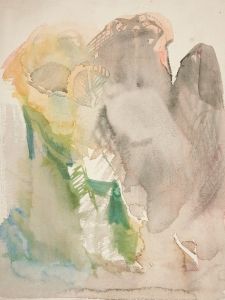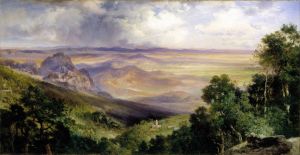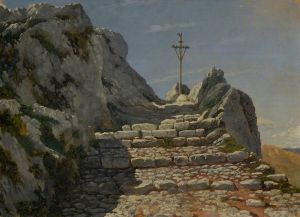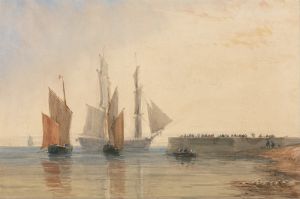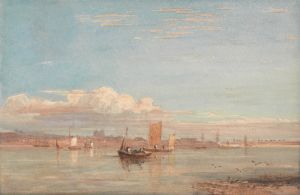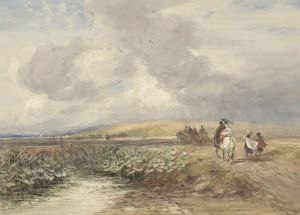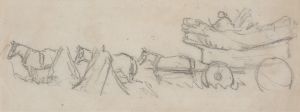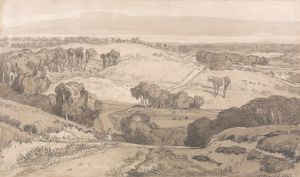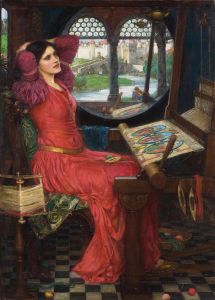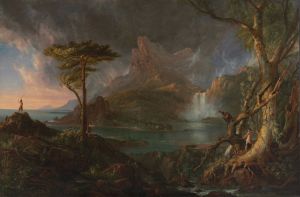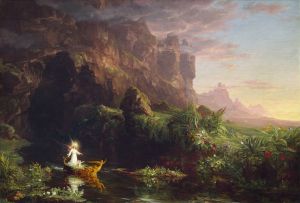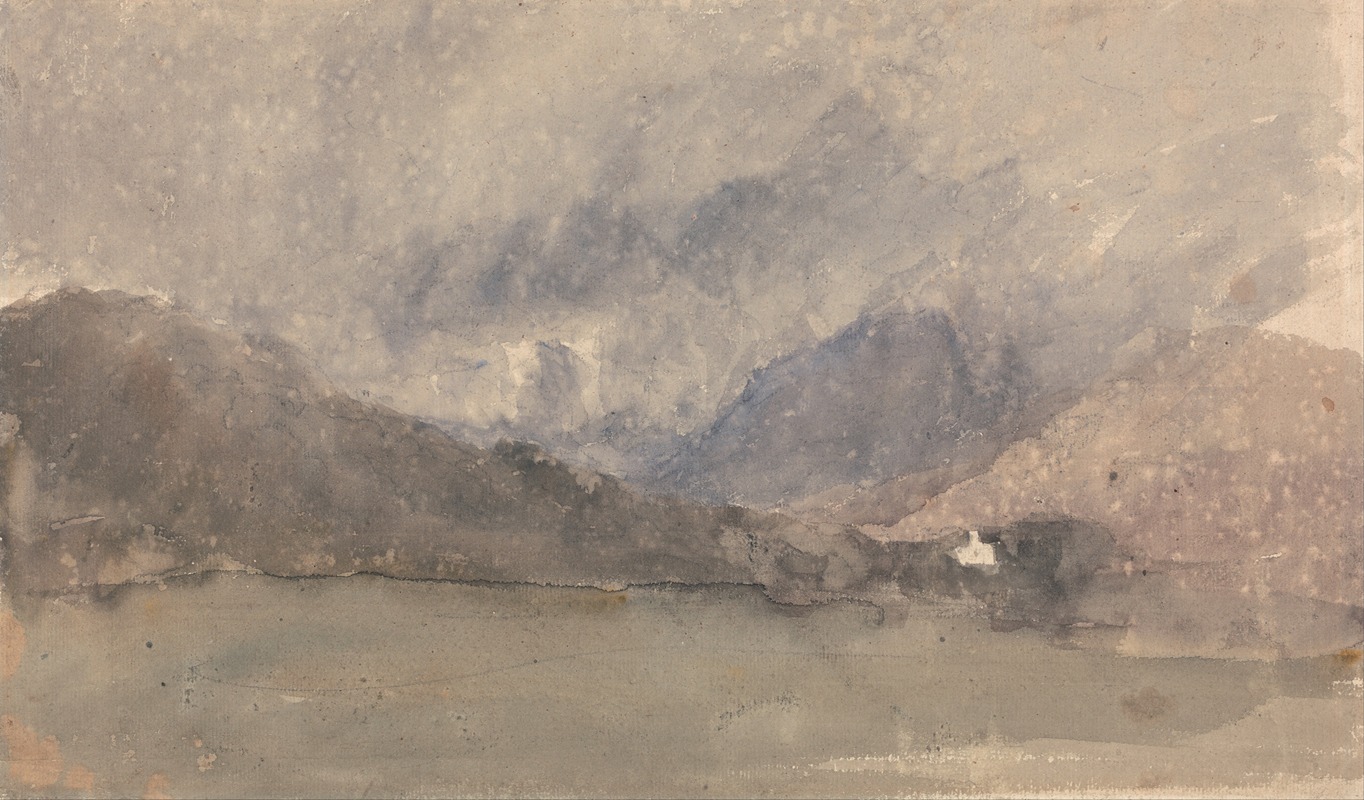
Capel Curig, Caernarvonshire, Wales
A hand-painted replica of David Cox’s masterpiece Capel Curig, Caernarvonshire, Wales, meticulously crafted by professional artists to capture the true essence of the original. Each piece is created with museum-quality canvas and rare mineral pigments, carefully painted by experienced artists with delicate brushstrokes and rich, layered colors to perfectly recreate the texture of the original artwork. Unlike machine-printed reproductions, this hand-painted version brings the painting to life, infused with the artist’s emotions and skill in every stroke. Whether for personal collection or home decoration, it instantly elevates the artistic atmosphere of any space.
David Cox's painting "Capel Curig, Caernarvonshire, Wales" is a notable work by the esteemed British landscape artist, David Cox (1783–1859). Cox is recognized as one of the leading figures in English landscape painting during the 19th century, particularly known for his contributions to the development of watercolor painting.
The painting depicts the scenic village of Capel Curig, located in Caernarvonshire (now part of Gwynedd), Wales. This area is renowned for its picturesque landscapes, characterized by rugged mountains, serene lakes, and lush greenery. Capel Curig itself is situated in the heart of Snowdonia, a region famed for its natural beauty and dramatic vistas, making it a popular subject for artists and travelers alike.
David Cox was particularly drawn to the Welsh landscape, and he made numerous trips to Wales throughout his career. His works often capture the essence of the Welsh countryside, emphasizing its atmospheric qualities and the interplay of light and weather. "Capel Curig, Caernarvonshire, Wales" exemplifies Cox's skill in rendering the natural environment with a sense of immediacy and vitality.
In this painting, Cox employs his characteristic loose brushwork and keen observation of light and atmosphere. The composition likely features the village nestled among the hills, with the imposing peaks of Snowdonia in the background. Cox's use of color and texture would have been aimed at conveying the mood and atmosphere of the scene, rather than focusing on minute details. This approach aligns with the broader trends in landscape painting during the Romantic period, which emphasized emotional expression and the sublime qualities of nature.
Cox's work in watercolor was particularly influential, and he is often credited with advancing the medium to new heights. His techniques, such as the use of broad washes and the careful manipulation of light and shadow, helped to establish watercolor as a serious and respected form of artistic expression. "Capel Curig, Caernarvonshire, Wales" would have been created using these methods, showcasing Cox's mastery of the medium.
The painting is part of Cox's extensive body of work that includes numerous depictions of the British countryside. His landscapes are celebrated for their ability to evoke the transient effects of weather and light, capturing the spirit of the places he painted. Cox's influence extended beyond his own time, impacting future generations of landscape artists and contributing to the rich tradition of British landscape painting.
"Capel Curig, Caernarvonshire, Wales" remains a testament to David Cox's talent and his deep appreciation for the natural world. Through his work, viewers are invited to experience the beauty and majesty of the Welsh landscape, as seen through the eyes of one of the 19th century's most gifted landscape painters.





